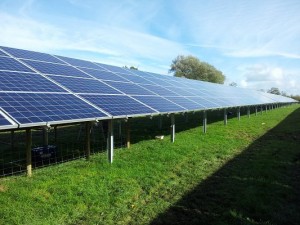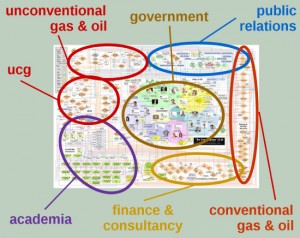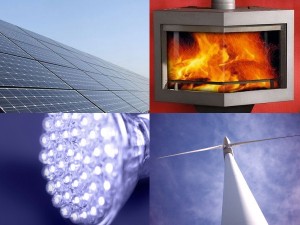What chemicals are used in fracking, and where do they go?

(Image: the wonderful Marty Two Bulls). Article in the Guardian today pleading the case for fracking by someone purporting to be ‘green’. He says that: ‘the toxic sludges brought back to the surface can cause pollution’, and that fracking can be ‘properly regulated to protect local environments’. Is this a joke?
TEDX (the Endocrine Disruption Exchange, Colorado) has identified 245 fracking chemicals, 92% of which have adverse health effects. Here’s a selection. These will all be under the earth, in our groundwater and in the wider environment. Look them up, and see if you think that’s a good idea.
From the House Committee on Oversight and Government Reform, hearing on The Applicability of Federal Requirements to Protect Public Health and the Environment from Oil and Gas Development, October 31, 2007: of the 245 fracking chemicals identified, 154 are skin and sensory organ toxicants, 143 are respiratory toxicants, 122 are gastrointestinal and liver toxicants, 84 are neurotoxicants, 73 are kidney toxicants, 63 are immunotoxicants and 56 are carcinogens.
Many of the toxins are volatile, and are released into the air as gases from the methane mix that is brought to the surface. These include carcinogenic benzene, toluene, ethyl benzene, and xylene, often referred to as BETX. Around three-quarters of them have effects ranging from skin and eye irritation to blackouts and permanent neural damage; and around half are toxic to wildlife and can cause long-term problems such as kidney and immune-system damage.
Some of the chemicals are recovered, but around 30% remain in the ground. It’s impossible to separate contaminated fracking water from groundwater, so groundwater will be contaminated.
Recovered chemicals are stored in holding tanks or ponds, and often transported by fleets of trucks to evaporation facilities and again, it’s impossible to prevent leakages – and the evaporation itself causes further air pollution. There are over 5000 of these tanks in Colorado alone.
Leakages contaminate soil and watercourses, and poison wildlife down to the microbial level, the base of the food chain.
The interaction of various chemicals is continually exposing previously unknown problems. For example, one fracking chemical, 2-BE, increases alkalinity, which then increases the mobility of naturally-occuring alkaline-soluble elements like arsenic or selenium. Selenium affects the reproduction of and causes birth defects in wildfowl. Authorities have warned locals not to eat fish from some lakes and rivers in Colorado because of high levels of selenium in fish tissue, due to 2-BE releases from fracking.
Some chemicals used have not been tested, and so their effect on wildlife and human health is not known. It’s an incredible risk. The situation will be very different in the UK (we’re unlikely to have holding ponds over here for example), but the fact that a good proportion of the chemicals will remain in the environment is really not a good idea. The planet becomes a more carcinogenic place for humans every year – for what? What are we giving up a healthy environment for?
Renewables are the answer – the only way we can provide our energy without poisoining ourselves (it’s not all about carbon emissions). But only if we give up our absurd quest for perpetual economic growth.
The views expressed in our blog are those of the author and not necessarily lowimpact.org's




 Shale gas: it’s not about fracking earthquakes!
Shale gas: it’s not about fracking earthquakes!
 Community-owned energy: how to sideline the big energy companies
Community-owned energy: how to sideline the big energy companies
 Every picture tells a story: the elites behind the fracking industry
Every picture tells a story: the elites behind the fracking industry
 Incredible ‘Frackogram 2015’ shows the many links of vested interest within the fracking industry and government
Incredible ‘Frackogram 2015’ shows the many links of vested interest within the fracking industry and government
 Community vetoes for wind farms, but not for fracking? What’s that about?
Community vetoes for wind farms, but not for fracking? What’s that about?
 City bans fracking; legislators overturn it and receive $25k each from oil and gas industry. Is this democracy?
City bans fracking; legislators overturn it and receive $25k each from oil and gas industry. Is this democracy?
 Low-impact energy
Low-impact energy
 Low-impact water supply
Low-impact water supply


